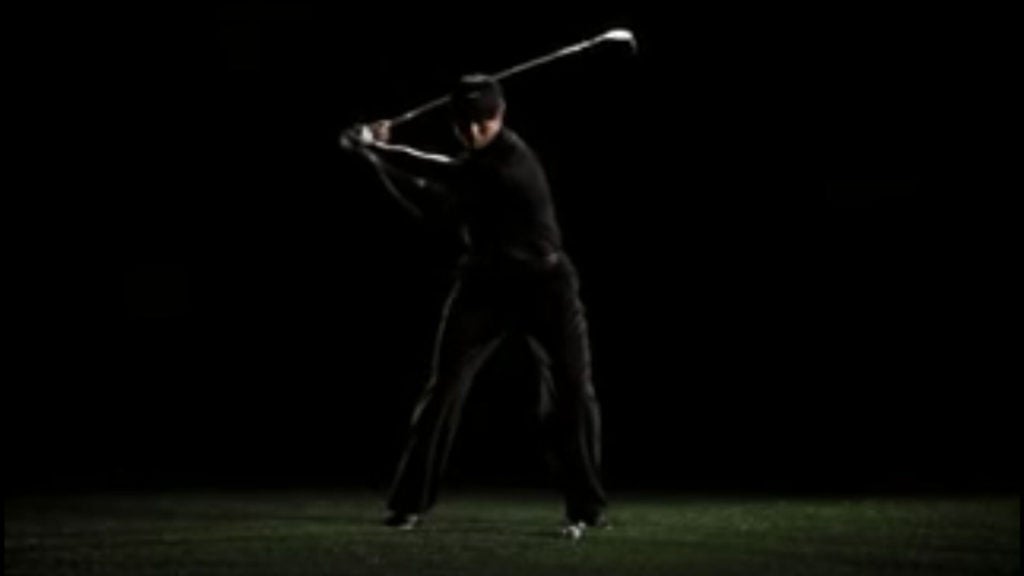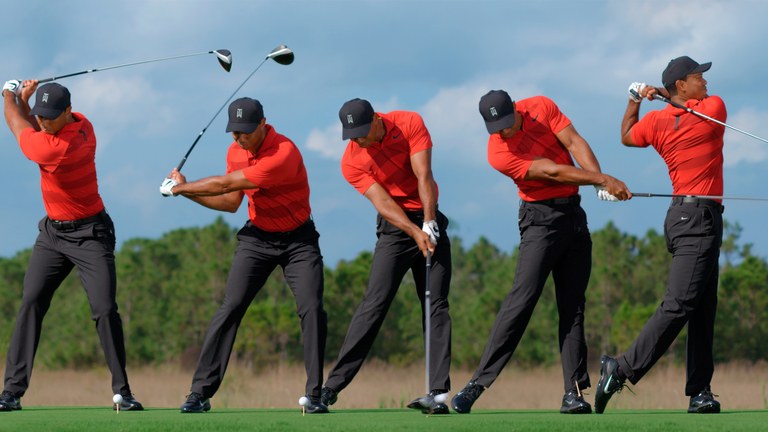
The right golf backswing can set you up for success on every shot you take. While a good backswing can be less thrilling than a long drive but it is just as important. It's possible to hit the ball in a straight line by using a consistent backswing. Here are the most important golf backswing techniques. Follow these tips for your next game.
Techniques
Building a great golf backswing isn't a one-time job. Golfers often find their backswings are off-course. But there are some drills that can help you get your backswing on track. Golf Insider offers a weekly free article. You'll receive the latest tips and tricks on improving your game! Subscribe to our weekly email to receive the latest tips and tricks for improving your game.
Position
There are several key positions in the golf backswing. For speed and solid contact, the position of your back arm is critical. The back elbow should be straight and not bent. The elbows should also be held close to the body and not elevated too much. Your swinging technique can be improved by recording yourself. Also, avoid moving your knees too much as this can hinder your movement.

Power loading
The key component to your overall golf swing is the power loading golf backswing. Learning how to properly load your body and unload it will allow you to create more force and distance per impact. The lower body is just as important as your upper body, but rarely receives the attention it deserves. While you may be focusing on your arms and upper body, don't forget to look at your legs as well. This is known as power loading or "power drive."
Speed
There are a few things you can do to speed up your backswing. Your swing's ratio should be increased. A good backswing will have a ratio of 3:1, while a slow one will have a ratio of 4:1 to 5:1. It is possible that your swing is out of sync when you play golf. To increase your backswing's ratio, take one pill every day, and don't hurriedly swing the club. Faster backswings will give you more distance. However, slower backswings are more likely to result in an off-line hit.
Smoothness
A smooth backswing is important when playing golf. For beginners, the swing is more fluid for experienced players. The smoothness and ease of the golf backswing is related to the smoothness in the body joints, particularly the upper ones. We'll be discussing the main factors involved in a smooth and consistent golf backswing. You can look effortless with a good golf swing.
Errors
During their backswing, there are three major mistakes many golfers make. These errors are detrimental to power, accuracy and consistency. They also cause many strokes to go unnoticed. These mistakes can be corrected and your swing will improve. Your golf game will become more enjoyable. So how do you correct these mistakes? Learn more about how to fix common golf mistakes and what to do differently.

Corrective steps
A golfer's backswing refers to the movement of the body from left to right. During this process, the left hand moves the hands down the club, and leads the club-head towards the ball. To get the most out of the backswing's power, the left hand must keep it at an angle, and then move the club-head towards the ball before it is released. If it fails to do so, the club-head will not be positioned at its proper release.
FAQ
Where can you find a good golf course?
Most cities have their own golf courses. These courses will allow you to practice your swing peacefully.
Alternatively, if you prefer a more social atmosphere, you may wish to visit one of the country's many golf resorts.
How can I learn how to play golf?
Golf is a skill that takes practice and time. However, it is possible to improve your game over time. Here are some tips for you to improve your game.
-
Regular practice is important. Golf requires constant attention and concentration. Golf is a skill that requires constant practice.
-
Play with other people who understand how to play. Playing with people can help you create your own style.
-
Read about golf before you begin practicing. This will help you to understand what you should be working on.
-
You don't have to be able to do everything at once. Begin by focusing your attention on one aspect. Try focusing on one area of your game. For example, you might try to improve your putting or learn how to chip. Once you feel confident in this area, move on to another part of your game.
-
Take lessons. You can learn important things such as stance, swing speed and posture.
-
Try new techniques. Experiment with different grips, stances, swings, and so on.
-
Keep records. Keep track of your progress and record your scores. This will help you to see the areas you need to improve.
-
Join a local Golf Club. Many clubs offer free lessons. Many clubs offer free lessons and have helpful members who are willing to help newcomers.
-
Look for a coach. A coach can offer guidance in certain areas.
Which is the best season to play golf?
Between May and September is the ideal time to golf. This time, it is usually mild and there is no rain.
Winter months can be very cold. Additionally, it can be difficult to walk the fairways when there is snowfall.
Spring and autumn are difficult to see because the grass is too tall.
What does a good golf swing look like?
Balance is the key ingredient to a great golf swing. Balance refers to being steady throughout all movement. Balance is about having strong arms and relaxed hands when you are swinging the club. Be sure your shoulders are straight towards the target line.
Keep your head straight during the backswing, and then follow through. Swing smoothly without jerking the wrists. Use force when hitting the ball. Instead, concentrate on making smooth, fluid movements.
Statistics
- He shanked the first attempt, but it is estimated his second went more than 200 yards (180 m).[52]Golf courses worldwide. Below are the top 20 countries with the most golf courses as of 2019.[53]CountryNumber of (en.wikipedia.org)
- They do this by means of assessing and rating courses according to the average good score of a "bogey golfer," a player with a handicap of around 20. (en.wikipedia.org)
- Professional golfers typically make between 60% and 70% of greens in regulation. (en.wikipedia.org)
- In the United States, women made up 25 percent of golfers in 2021, which was up from 19 percent in 2011, and junior female golfers account for 35 percent or 1.1 million golfers.[50] (en.wikipedia.org)
External Links
How To
How can you play better when the wind blows?
Golf is an outdoor sport played in open spaces and on well-kept grassy fields. It is one of the most popular sports around the globe. There are many kinds of golf courses in the world. They range from public parks and private clubs. Golf is also played indoors, such as at shopping malls and indoor arenas. Each hole has a number of holes where players have to hit the balls. Each hole has a fairway rough, fairway, fairway, green, hazards (e.g..water), and rough. Players use either a driver, wedge, long iron, or putter, depending upon the type of shot required. Depending on the rules of the course, players may have to carry the ball up to a certain distance before hitting it, or they may only have to drop the ball in the cup. There are many factors that affect how a golfer hits the ball when playing outside. These conditions include the speed of wind, temperature, humidity, as well as visibility.
There are two main types of winds: crosswinds and headwinds. Headwinds blow left to right and crosswinds from left to right. If the wind is blowing towards the golfer, then he/she is hitting against the wind; if it is blowing away from him/her, then he/she will be hitting with the wind. Playing golf in a strong wind is much harder because the ball tends to fly higher and further. It becomes difficult for the player control the trajectory and the direction of the ball. To compensate for these effects, players try to keep the club face perpendicular to the ground. They strike it in a way that makes it contact the ball fully and maximizes its power. Despite flying lower in stronger wind it travels farther because of the increased resistance to air.
Playing in the wind can be difficult. As mentioned above, the wind affects the flight path of the ball. A good golfer should always know what kind of wind is currently affecting the area. He/She would adjust his/her swing accordingly so that he/she can hit the ball cleanly without losing any energy. You should also consider where the wind is blowing. The wind does not travel uniformly in all directions. For example, the breeze that blows off the ocean can be very light, but it can often be stronger near the shoreline. Similar to previous examples, wind blows at a higher speed close to ground. These factors mean that golfers must be aware of the direction and intensity of the wind.
Golfing in the wind can be challenging. It is important to be aware of the wind and adjust your swing accordingly. Learn how to read and adapt the wind to your swing.